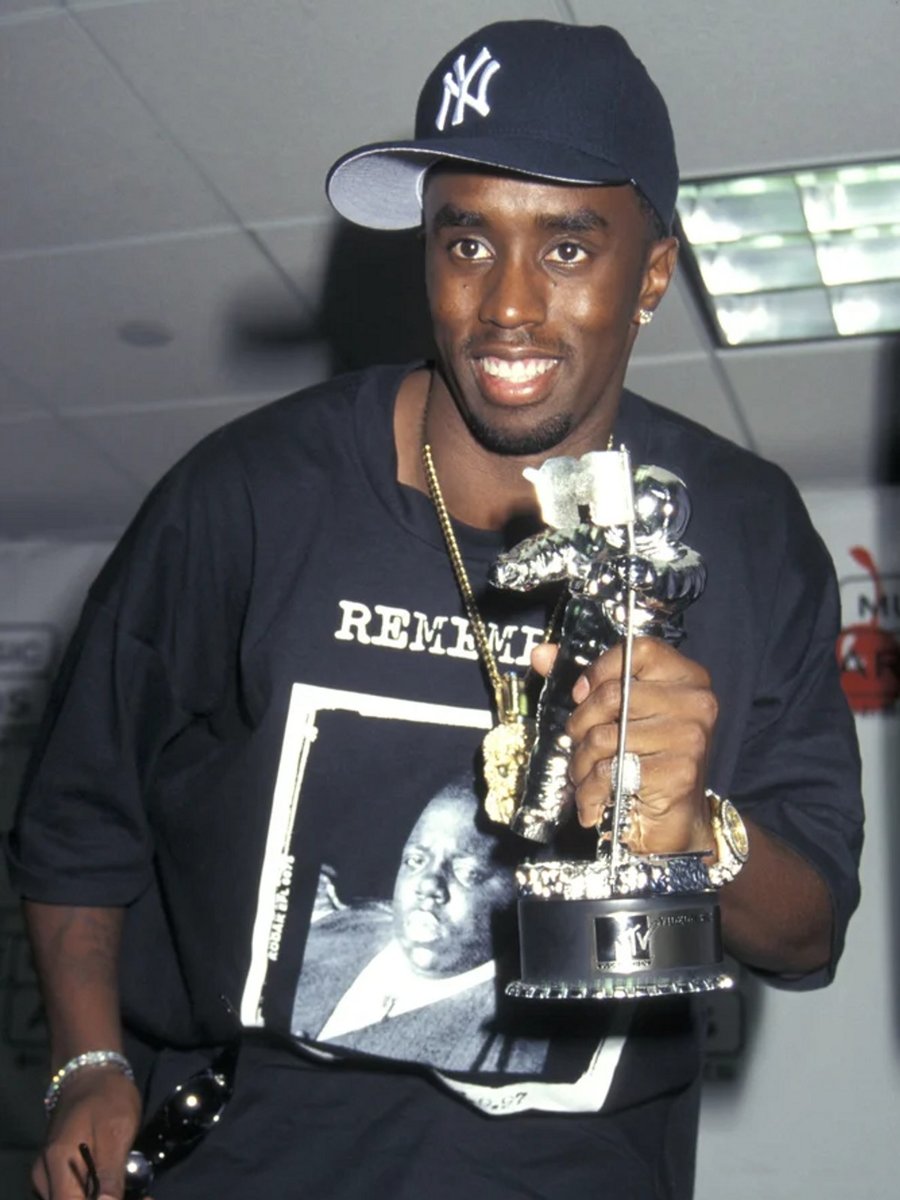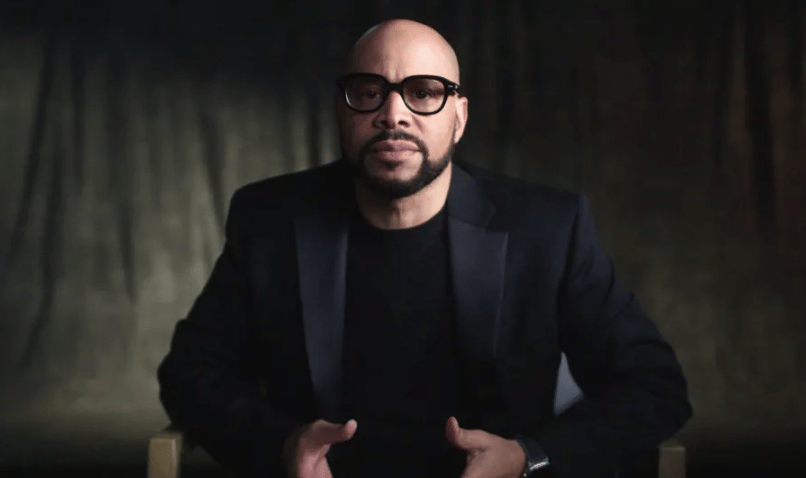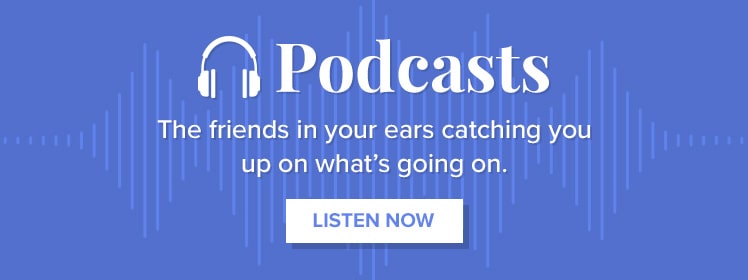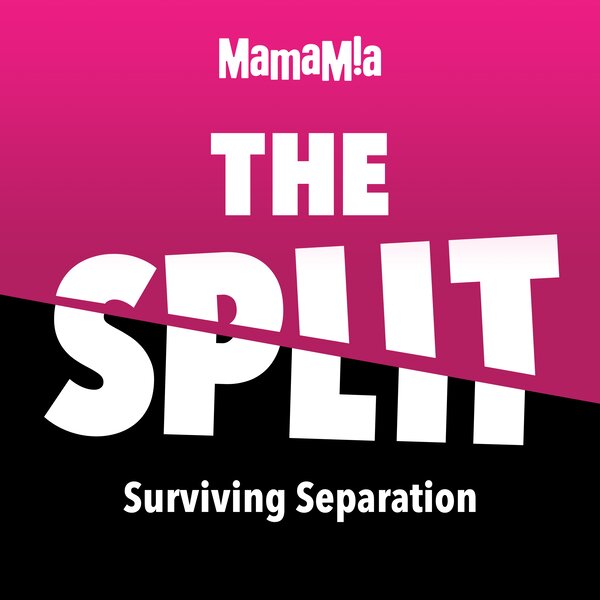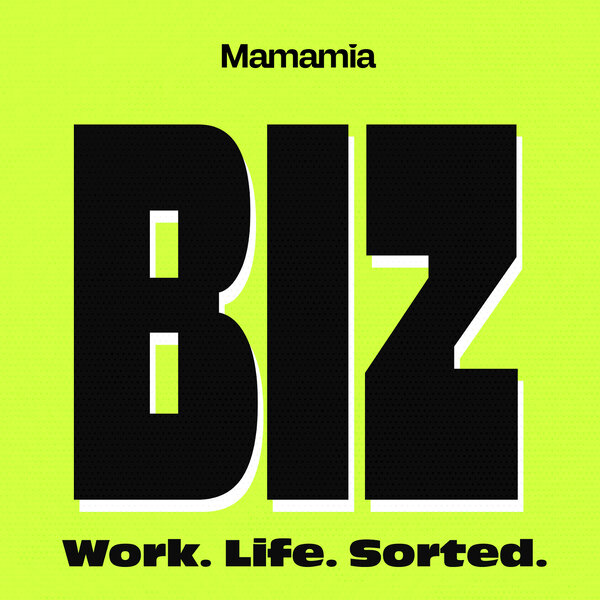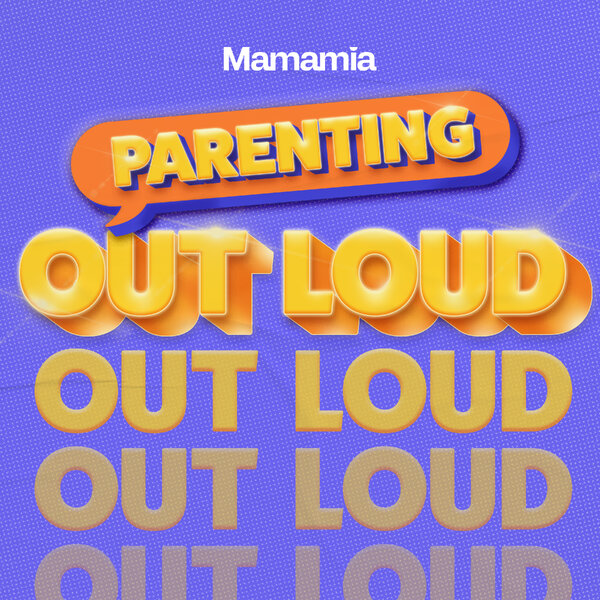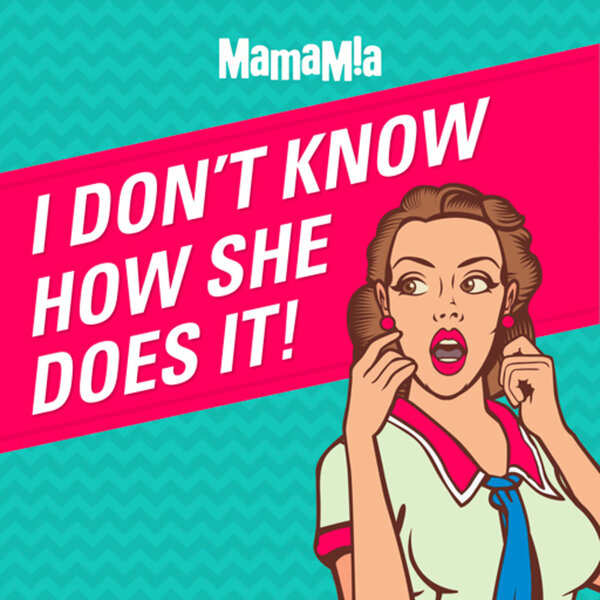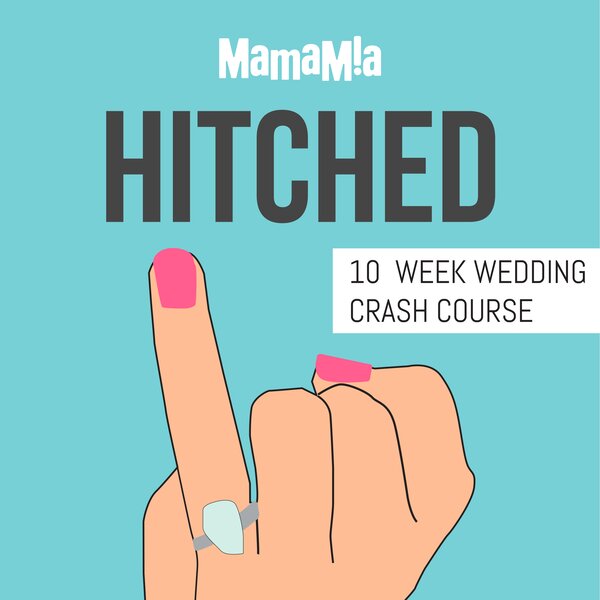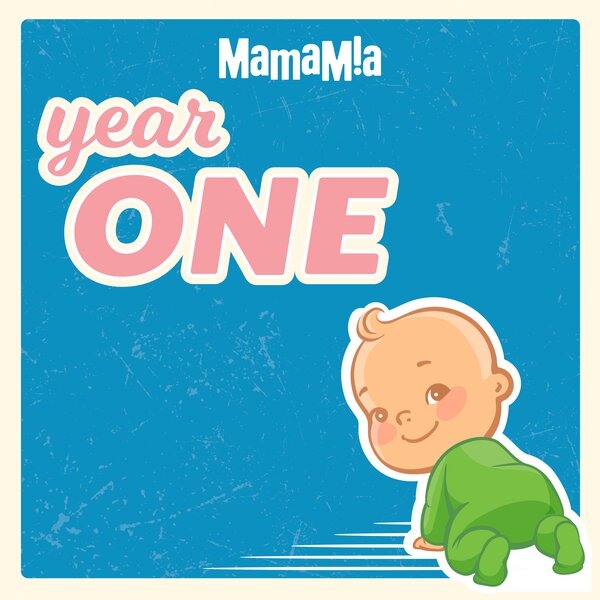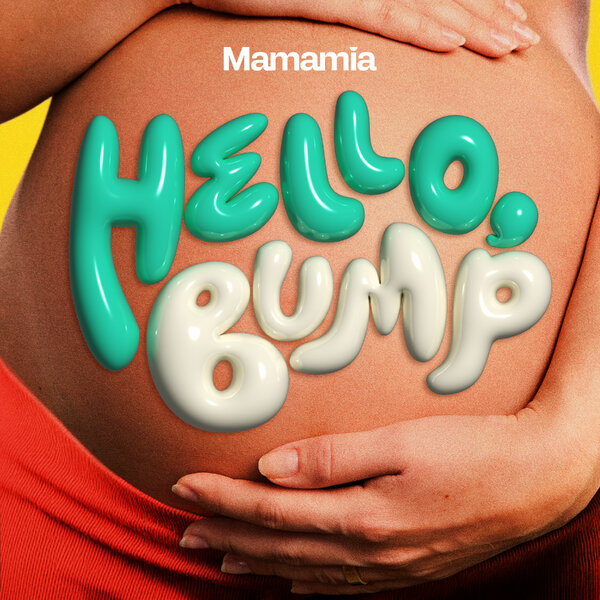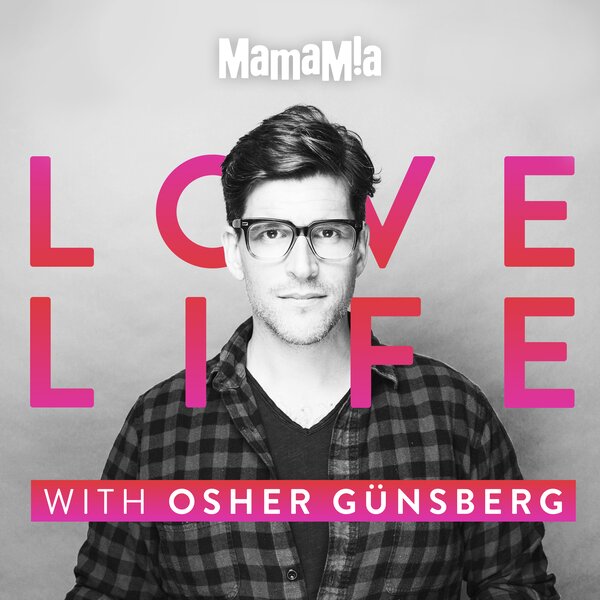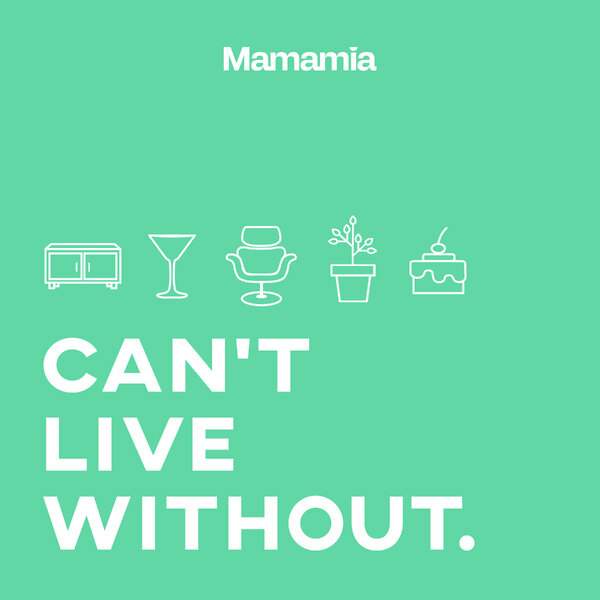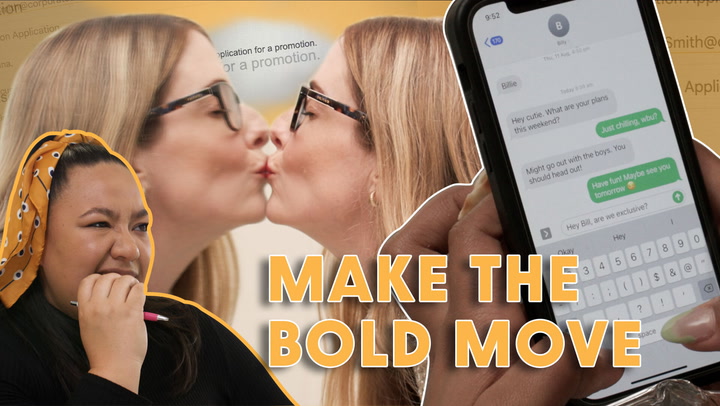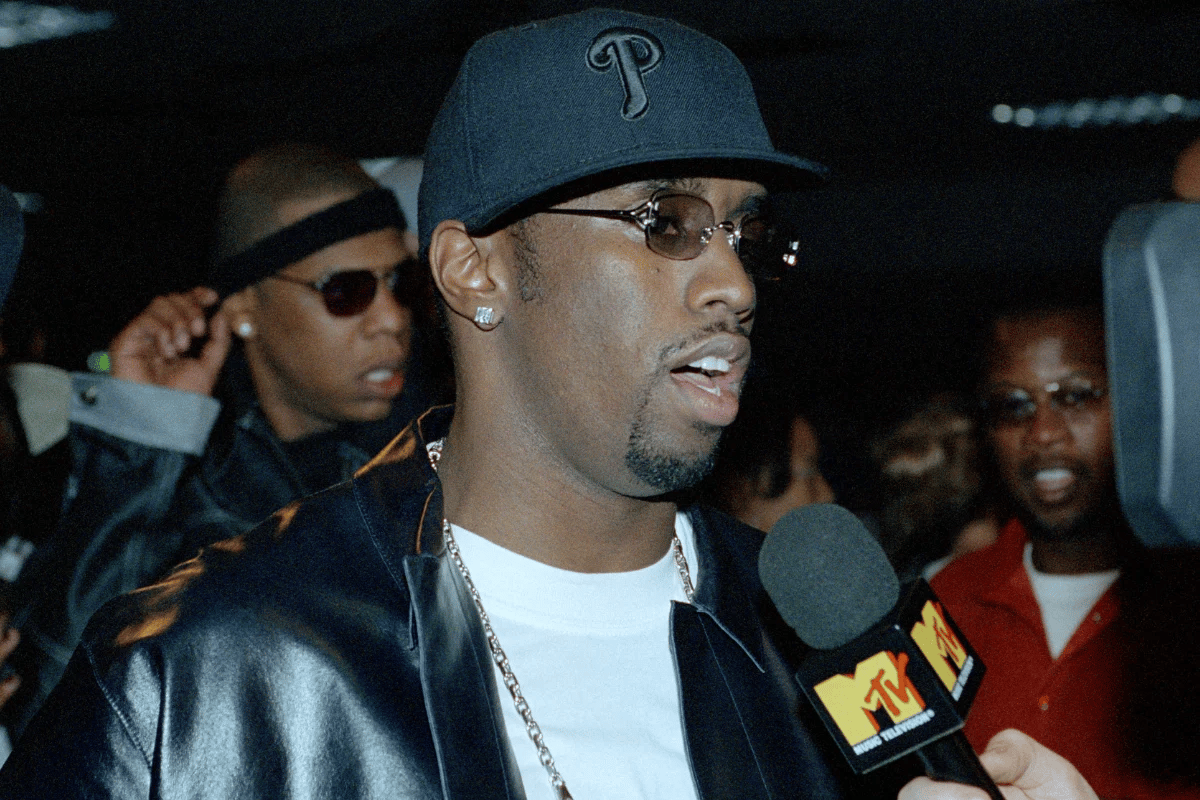
Content warning: This article contains details of sexual assault.
As Sean 'Diddy' Combs faces federal charges of sex trafficking, racketeering, and transportation for prostitution, a new documentary is adding even more layers to his troubled past.
Diddy: Making of a Bad Boy explores how the hip-hop mogul built his empire through extensive interviews with former friends, employees, and Bad Boy artists. The documentary reveals a pattern of alleged abuse and manipulation spanning decades, including accusations from multiple individuals who shared their experiences.
In one of the film's most shocking moments, it traces back to one of Combs' earliest controversies: the 1991 basketball game stampede at City College that killed nine people. Behind the scenes of the events, another horrific event was allegedly unfolding.
Watch the trailer. Post continued after video.
As a 22-year-old promoter, Combs was found partially liable for the tragedy due to inadequate security and poor event organisation.
"The lies go back to City College," a victim's family member, Jason Swain, claimed in the film.


